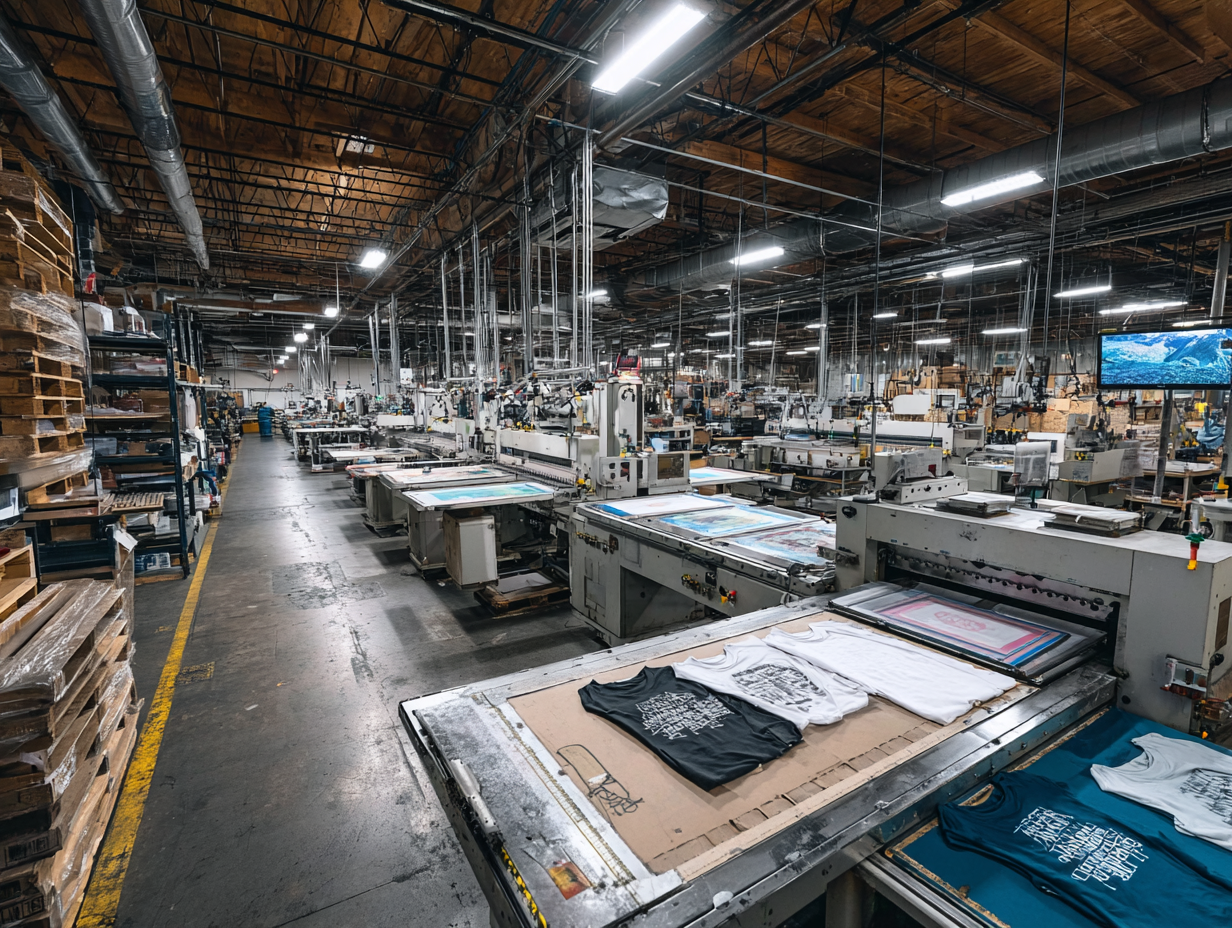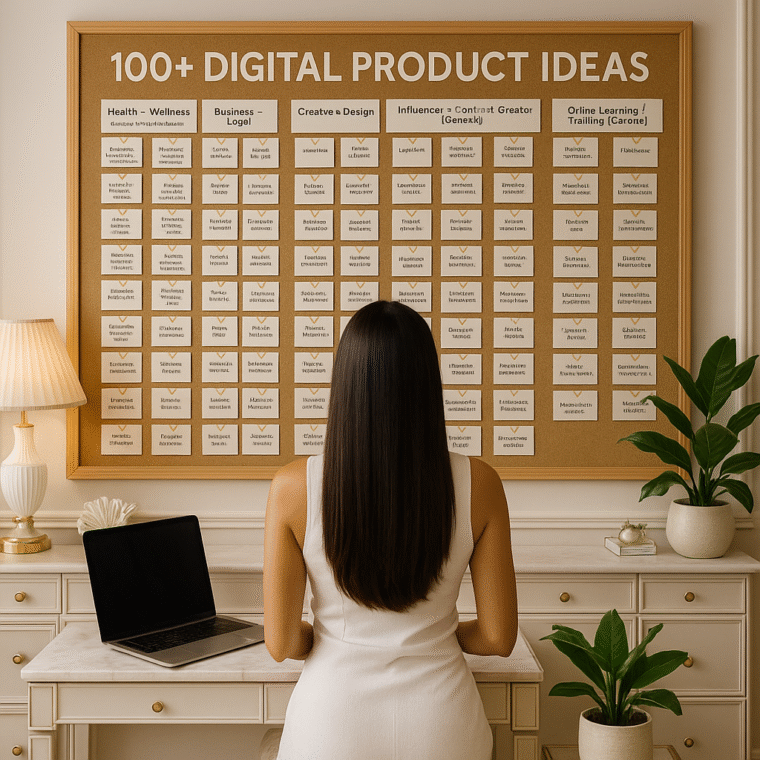Print-on-Demand vs. Bulk Production: Which One Is Right for Your Product Idea?
You have a product idea. Maybe it’s a cookbook, a T-shirt, or tote bags. The concept is strong, the vision is clear — but now you’re stuck on the logistics:
Should you go with Print-on-Demand (POD) or invest in bulk production?
I’ve used both models across different businesses — from building a global POD publishing line with over 15 books to producing large apparel orders for retail giants. And the truth is, neither model is “better” — but one is definitely better for where you are right now.
In this post, I’ll walk you through:
- The core differences between POD and bulk
- Who each model is best suited for
- Cost, risk, profit, and timeline comparisons
- My own real-world take on when I’ve used each
By the end, you’ll know which model aligns best with your product, your resources, and your business goals.
What Is Print-on-Demand?
Print-on-Demand means your product is only manufactured after a customer places an order. It’s entirely automated — you upload a design, set up your storefront, and a third party handles the printing, packing, and shipping.
No inventory. No warehouse. No significant investment up front.
Popular POD platforms include:
- Amazon KDP (books)
- Printful / Printify (apparel, mugs, wall art)
- Blurb (photo books)
- Gooten / Gelato / Zazzle (gift and lifestyle products)
What Is Bulk Production?
Bulk production is the traditional method: you manufacture a product in advance in a factory that you source (usually in large quantities), store it yourself or at a 3PL, and then fulfill orders from that inventory.
This model typically involves:
- Upfront manufacturing costs
- Minimum order quantities (MOQs)
- Lead times for sampling, approval, and shipping
- Higher margin potential, but also higher risk
It’s the go-to for many fashion, home goods, and retail brands.
Quick Comparison Table
| Factor | Print-on-Demand | Bulk Production |
|---|---|---|
| Startup Cost | Very low ($0–$100) | High ($500–$10,000+) |
| Inventory | None | Must purchase upfront |
| Profit Margins | Low to moderate | Higher per unit |
| Customization Control | Limited (set templates) | Full control over materials, finishes, and packaging |
| Risk Level | Extremely low | Moderate to high (you hold unsold inventory) |
| Speed to Market | Fast (can launch in days) | Slower (weeks to months for production and delivery) |
| Scalability | Easy to scale, fully automated | Can scale fast, but requires infrastructure |
| Best For | Testing ideas, branded niche products, creators | Proven products, brand building, retail & wholesale |
Which One Is Right for You?
Here’s a breakdown based on different scenarios:
Choose Print-on-Demand if:
- You’re just starting and want to test your idea quickly
- You have a limited budget and want to minimize risk
- You’re building a low-effort, passive income stream (e.g., books, merch)
- You sell digital products and want to add physical goods
- You don’t want to handle fulfillment, shipping, or storage
Real-life example: I have published over 15 health and wellness books using Amazon KDP. I paid nothing upfront, and my books are printed and shipped globally without me lifting a finger.
Choose Bulk Production if:
- You have a proven product that’s already in demand
- You want higher margins and complete design control
- You’re selling through retail channels or at high volume
- You have the capital (and patience) to invest in inventory
- You want branded unboxing, premium materials, or custom packaging
Real-life example: In the fashion business, we produce hundreds of thousands of units for major retailers. We negotiate pricing, control every design detail, and coordinate shipment from overseas.
What I Recommend for First-Time Creators
Start with POD unless you’re 100% confident in your product’s demand.
I have seen too many creators invest thousands in inventory they couldn’t sell, simply because they skipped the testing phase. With POD, you can:
- Launch fast
- Learn what resonates
- Adjust without sunk cost
- Prove there’s a market
Once a product is selling consistently, that’s when it makes sense to explore bulk production to improve margins and control.
POD is the MVP (Minimum Viable Product) model for physical goods.
Hybrid Models: The Best of Both Worlds
Don’t forget — you’re not locked into one path.
A common strategy I use is:
- Start with POD to validate an idea (e.g., a niche planner or branded T-shirt)
- Refine based on feedback and sales data
- Move to bulk once demand is proven (e.g., custom paper, embossing, packaging)
This hybrid model provides you with confidence and control, without the big upfront financial risk.
Recap Notes: Your Product, Your Path
Print-on-Demand and bulk production are tools — and like any tool, it’s about using the right one at the right time.
Ask yourself:
- Do I need to test the market first?
- Do I care more about margins or momentum?
- Am I building a business or testing a creative idea?
If you’re unsure, start lean. Start light. Start POD.
That’s what I did — and it’s how I built a global publishing business from my laptop.








